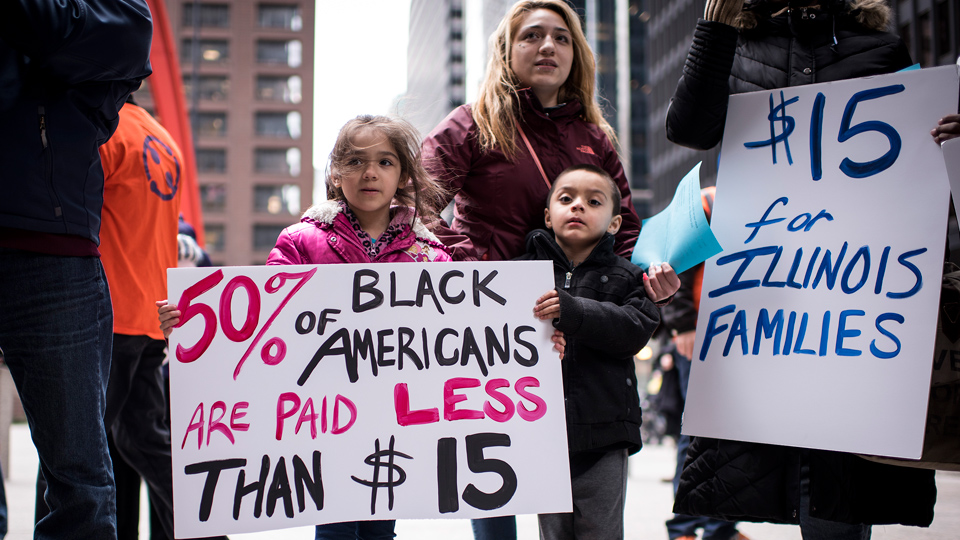
In CEO pay remains high relative to the pay of typical workers and high-wage earners, EPI President Lawrence Mishel and research assistant Jessica Schieder examine trends in CEO compensation using two comprehensive measures—tracking the value of both stock options realized and stock options granted.
Including the value of stock options that have been cashed in, CEOs of America’s 350 largest firms made an average of $15.6 million in 2016 (down slightly from $16.3 million in 2015), or 271 times more than a typical worker in 2016. Because the decision to realize, or cash in, stock options tends to fluctuate with stock market trends, Mishel and Schieder also track a CEO compensation measure that reflects the value of the options at the time they are granted. By this measure, CEO compensation rose to $13.0 million in 2016, up from $12.5 million in 2015.
“It is unclear whether the recent decline in CEO pay is the beginning of a new trend, or simply due to stock market fluctuations,” said Mishel. “What is clear is that CEO pay is still dramatically higher than it’s been in the past, and far higher than the pay of typical workers, college graduates, or even the top 0.1 percent of wage earners.”
While the CEO-to-worker compensation ratio of 271-to-1 is down from 299-to-1 in 2014 and 286-to-1 in 2015, it is still far higher than the 20-to-1 ratio in 1965 or the 59-to-1 ratio in 1989.
Importantly, top CEO’s were paid significantly more than the average college graduate, and 5.33 times more than the average worker in the top 0.1 percent of wage earners. The fact that CEO compensation has grown far faster than that of other very high earners in the top 0.1 percent is evidence that CEO compensation does not reflect the increased value of talent in a competitive marketplace, but rather the power of CEOs to extract concessions.
“CEO pay drives up compensation for other executives, and is a major driver of inequality,” said Mishel. “Simply put, money that goes to the executive class is money that does not go to other people. Rising executive pay is not connected to overall growth in the economic pie. We could curtail the explosive growth in CEO pay without doing any harm to the economy.”
If CEOs earned less or were taxed more, there would be no adverse impact on output or employment. Mishel and Schieder suggest several measures that would limit the ability and incentive of CEOs to extract economic concessions—without hurting the economy—including:
- Reinstating higher marginal income tax rates at the very top.
- Removing the tax break for executive performance pay.
- Setting corporate tax rates higher for firms that have higher ratios of CEO-to-worker compensation.
- Allowing greater use of “say on pay,” which allows a firm’s shareholders to vote on top executives’ compensation.
Each measure of CEO compensation incorporates the value of stock options and includes salary, bonuses, restricted stock grants, and long-term incentive payouts. “Stock options realized” values stock options as the value of options exercised that year, while “stock options granted” incorporates the value of stock options granted that year.
Full methodological details for the construction of EPI’s CEO compensation measure, comparisons to the pay of workers, and benchmarking to other studies can be found on EPI.org.










